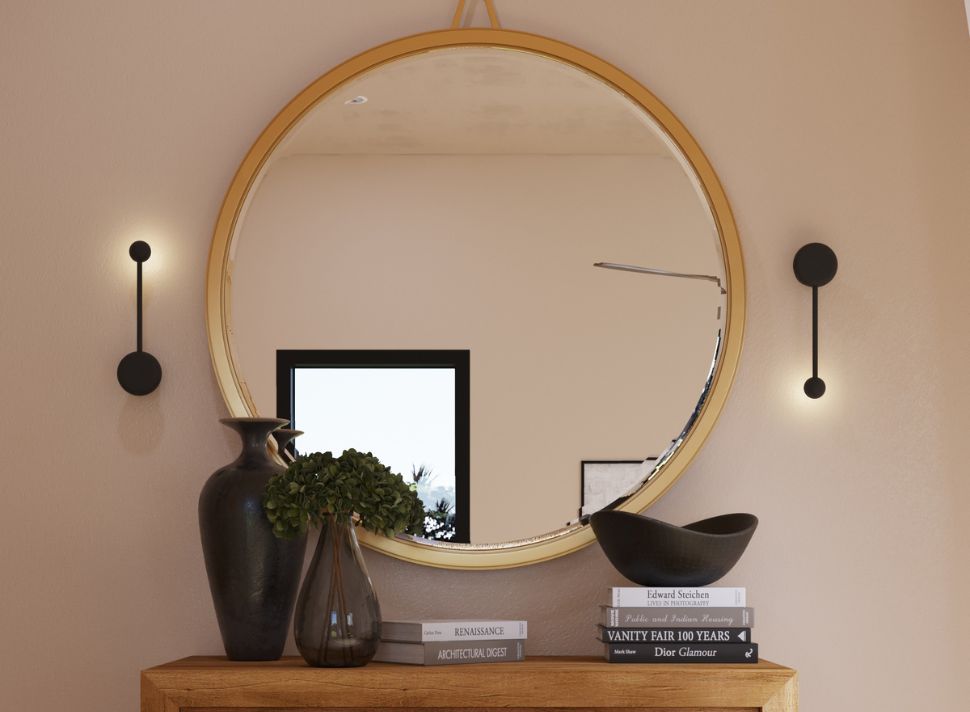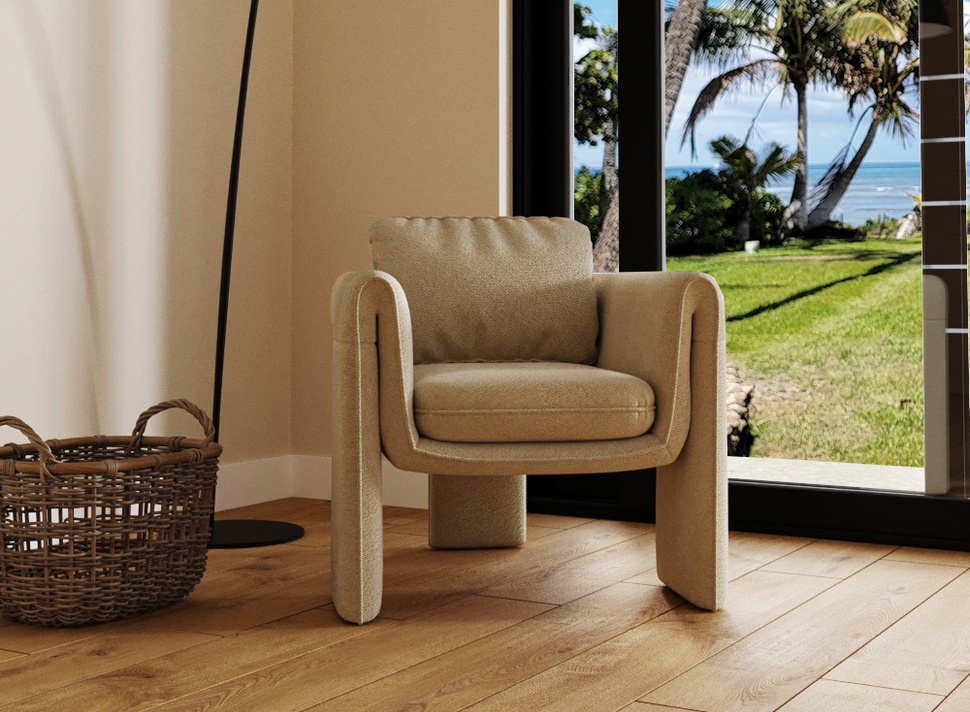3D Product Rendering: A New Era in Visual Marketing
Introduction to 3D Product Rendering
In the rapidly evolving digital marketing landscape, 3D rendering product visualizations marks a transformative era, offering an immersive experience that traditional photography and 2D designs can hardly match. This technique not only breathes life into product concepts long before they physically exist but also enables brands to showcase their products in dynamic, customizable settings that engage the modern consumer's sophisticated expectations. At its core, 3D product rendering is about creating highly detailed and accurate digital models of products, which can be viewed from any angle in any environment, thus providing an unparalleled preview of the Product's aesthetics and functionality. This article delves into how this innovative approach is redefining the paradigms of visual marketing, enhancing customer engagement, and setting new benchmarks in advertising efficiency.
Benefits of 3D Rendering in Marketing
The utility of 3D product rendering in marketing is multifaceted, offering significant advantages over traditional imaging techniques. One of the most compelling benefits is the ability to create hyper-realistic images indistinguishable from real photographs. This level of realism, achieved through advanced rendering software like Autodesk 3ds Max, Blender, or Cinema 4D, allows for the meticulous representation of textures, materials, and lighting, capturing the Product's look and feel with astonishing precision. For instance, in the automotive industry, companies like Audi have adopted 3D visualization to create detailed renders of their vehicles, allowing potential customers to customize and visualize cars in various configurations and environments. This enhances the user experience and significantly reduces the need for physical prototypes, saving time and resources.

Image from Yousee Studio
Moreover, 3D rendering facilitates the creation of interactive and animated content, enabling marketers to tell a more compelling product story. Animated explainer videos, which can demonstrate a product's features, functionality, and use cases in a dynamic, engaging manner, have become increasingly popular. For example, IKEA's 3D renderings to create interactive room setups allow customers to visualize furniture in different layouts, promoting a deeper connection with the Product. This level of interactivity is further enhanced by AR (Augmented Reality) and VR (Virtual Reality), which provide immersive experiences, allowing customers to 'place' products in their own space before making a purchase decision. The ARKit and ARCore frameworks have democratized access to AR content creation, enabling brands of all sizes to integrate these experiences into their marketing strategies.
The strategic impact of 3D rendering on marketing is also evident in its cost-effectiveness and flexibility. Traditional product photography can be expensive and time-consuming, particularly for items with multiple variants. In contrast, once a 3D model is created, it can be reused and modified for different purposes, such as virtual showrooms, digital catalogs, or social media content, without additional photo shoots. This reduces the cost and logistical complexity and enables rapid response to market trends and consumer preferences.
Technological Advances and Tools
The landscape of 3D product rendering has been fundamentally transformed by a series of technological advances, each contributing to the refinement and accessibility of this powerful marketing tool. At the forefront of these advances is the development of sophisticated rendering engines and software, which have significantly lowered the barrier to entry for creating photorealistic product visualizations. Software like Autodesk's 3ds Max, Maya, and the more recently popular Blender, which is open-source, have become industry standards, offering many features that cater to both novices and seasoned professionals. These platforms provide extensive capabilities, from modeling and texturing to animation and final rendering, incorporating complex physical-based rendering algorithms that mimic real-world light physics.
The advent of GPU rendering, mainly through technologies such as NVIDIA's RTX graphics cards with ray tracing capabilities, has drastically reduced render times. This acceleration allows designers to iterate more rapidly, experimenting with different materials, lighting conditions, and environmental settings to achieve the desired effect without the prolonged wait times traditionally associated with high-quality renders.
Parallel to hardware and software advancements, the proliferation of cloud-based rendering services has been a game-changer for the industry. Platforms such as V-Ray Cloud and Autodesk's Cloud Rendering remove the need for powerful local hardware, outsourcing the computationally intensive rendering process to cloud servers. This democratization of access means that small firms and freelance professionals can compete with larger studios in delivering high-quality visual content, leveling the playing field and fostering a more vibrant and competitive market.
Integrating artificial intelligence (AI) into 3D rendering processes marks another significant leap forward. AI algorithms are now used to automate and enhance the rendering process, from optimizing render times to generating lifelike textures and materials. AI-driven tools can analyze a scene to suggest optimal lighting setups, predictively adjust rendering parameters to improve efficiency, and even assist in the more creative aspects of design, such as suggesting color schemes and compositions based on the desired mood or style. This AI augmentation streamlines the workflow and opens up new creative possibilities, enabling designers to explore options they might not have considered otherwise.
Case Studies: Success Stories in Various Industries
The practical applications of 3D product rendering span various industries, each leveraging technology uniquely to enhance product visualization and marketing strategies. For example, companies like IKEA have pioneered 3D rendering to create realistic product catalogs and interactive room planning tools in the furniture industry. IKEA's 3D kitchen planner allows customers to design their kitchen layout using accurate product models, offering a hands-on, customizable shopping experience that significantly enhances customer engagement and satisfaction. This approach not only saves the company significant costs associated with traditional photography but also provides a dynamic and interactive way for customers to engage with the products, leading to higher conversion rates.
In the automotive sector, brands like Audi and BMW have employed 3D rendering to offer potential buyers a detailed and customizable view of their vehicles. Customers can explore various configurations, colors, and features in a photorealistic virtual environment, making the car-buying experience more personal and engaging. Audi's online configurator, for instance, uses high-quality 3D renders to display different models, allowing customers to visualize their car with unprecedented detail, down to the texture of the leather seats and the shine on the rims. This enhances the online shopping experience and reduces the need for physical showrooms and inventory, aligning with the industry's shift toward digital sales channels.

Image from Yousee Studio
The real estate and architectural sectors have also greatly benefited from advancements in 3D rendering technology. Real estate developers and architectural firms use 3D renders to present projects in the most appealing light, providing potential buyers and investors with a vivid preview of the completed buildings and interiors. High-quality architectural visualizations can convey the vision and aesthetic of a project more effectively than blueprints or physical models, facilitating better communication with clients and stakeholders. For instance, the visualization of Zaha Hadid Architects' projects often includes intricate 3D renders that showcase the fluid forms and innovative designs the firm is known for, helping secure client buy-in and public interest even before the project breaks ground.
In the consumer electronics industry, companies like Apple and Samsung utilize 3D product rendering to create detailed previews of their devices for marketing campaigns and online stores. The renders showcase the products in various scenarios, highlighting key features and design elements in a controlled, aesthetically pleasing manner. The ability to depict products in perfect detail, including reflections, textures, and how they interact with light, provides a level of realism that enhances the perceived value of the products, contributing to the overall brand image and customer desire.
These case studies underscore the versatility and effectiveness of 3D product rendering as a marketing tool across diverse sectors. By providing a realistic and immersive visualization of products, 3D rendering helps companies communicate the value and appeal of their offerings more effectively, driving customer engagement and sales. As technology continues to advance, the applications of 3D rendering in marketing are likely to expand further, offering even more innovative ways for companies to showcase their products and engage with their audiences.
Contact us at YouSee Studio for captivating 3D renderings and immersive virtual experiences.
Karen Spacey is a content writer and the author of this article.




